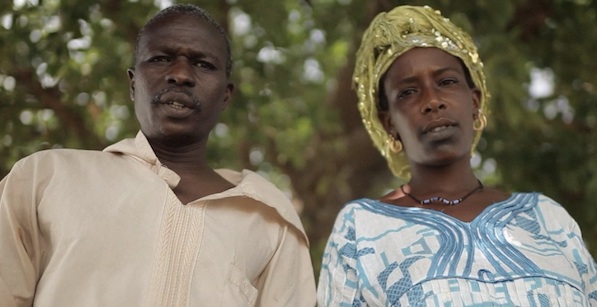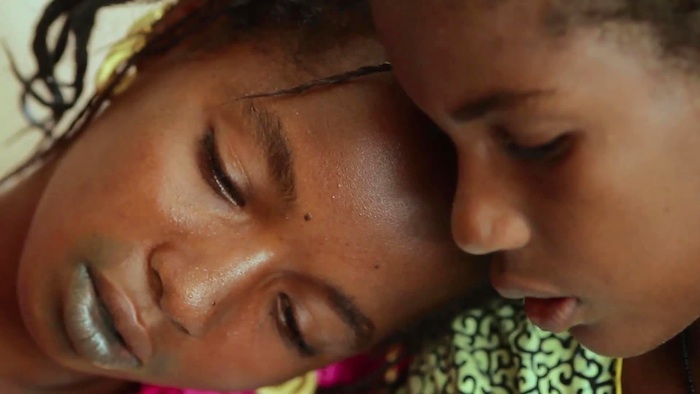A baobab tree is one of the most recognizable trees on the continent of Africa. The trees can grow to be thirty meters high and eleven meters in diameter and in many places it’s illegal to cut one down. Needless to say these trees are pretty strong.
The film that carries the name is itself strong; it’s also about strength. Tall as the Baobab Tree is a modern tale about two sisters fighting an old tradition in their small Senegalese village. After their brother Sileye falls out of a tree, the patriarch decides to sell their youngest daughter Debo, only eleven, into marriage to pay for the brother’s bills. Frustrated that her little sister will be a child bride, Coumba does everything within her realm of power to ensure her sister stays with the family. Although unable to accept her sister’s fate, the resilient Coumba still understands the importance of certain customs in her community; she refuses to file a compliant against her family and instead in the city behind her family’s back.
Tall as the Baobab Tree also points to the difficult and delicate nature of a traditional and modern world colliding. It is also a unique film in that we get a rare perspective on the issue through the eyes of these young women, accomplished with low-angle shots so viewers can see their world from their viewpoint.
Not a documentary, Tall as the Baobab Tree is a narrative of very real and relevant events that happen around the world. It’s easy for films with a heavy issue likes child marriage to come off as preachy. However, the film’s director, Jeremy Teicher, successfully incorporates local non-actors to mirror their own lives, capturing the sensitivities and complexities of child marriage. Using non-actors is certainly not a new concept in African cinema, especially films that address human rights issues. For example, Dakan, which in 1997 is considered to be one of the first African films on homosexuality, employed the use of non-actors; risky given the subject matter and place, but highly effective in bringing an extra layer of humanity and empathy for Western audiences.
“There isn’t a whiff of ethnographic exploitation involved” in this film, wrote Brandon Harris in Filmmaker Magazine when he first viewed the film at Rotterdam in 2013. “No magic-realist flights of fancy to avoid the painful truths of an actual social reality. . . That Teicher extends his empathy to the conservative elders and the loving, if traditional, parents as well—there are no ignorant or backward semi-villains imposed for the comfort of Western audiences—is a sign of a rare maturity for a neophyte just coming into his own.”
This type of bold and empathic filmmaking approach does justice to these stories and it’s a trend that will hopefully continue.





